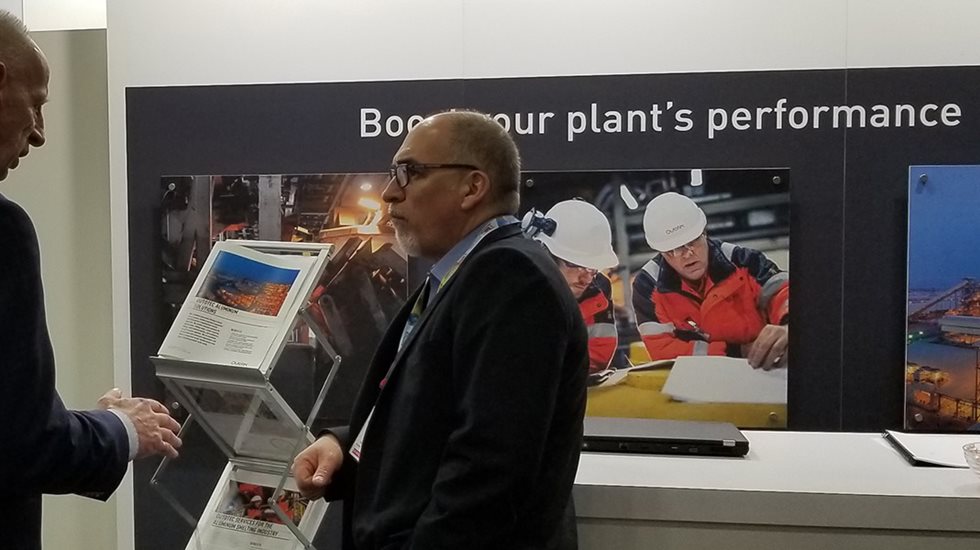For me this is a very interesting topic as there are many debates about where an increasing demand can and in some cases should be met, including the merits of whether to bring idle capacity back online, also is a 50/50 split with China on supply demand expected or will the balance shift even further, where is the energy coming from, and the list goes on. Anyway, this is a separate topic for further discussion.
With the backdrop of demand remaining somewhat bullish over the next 20 years, the complimentary focus on energy sources, efficiency and of course discussions around the overall green footprint, were welcomed discussions both within the sessions and also at the coffee table. Again, many questions about Elysis technology on inert anode, the timing and large scale implementation of such new technologies, as well as the impact on existing operations are some of the big questions. Although Elysis target for implementation around 2024, there is still a view that existing technologies will exist for some time after the initial implementation.
Another common theme from many of the papers was the drive towards future analytics and possible efficiencies gained, whether through simple automation or through advanced data collection and feedback loops.
